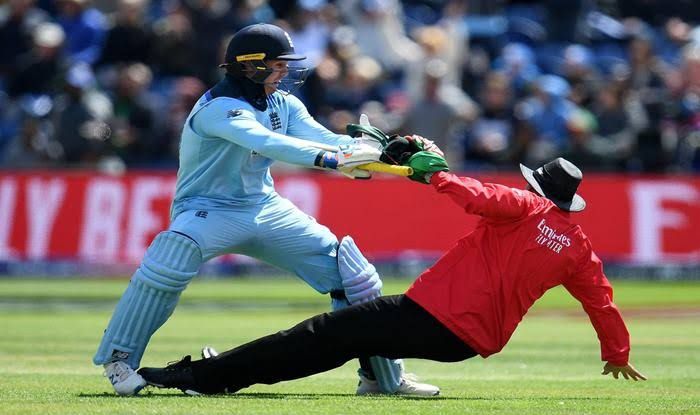Role Of Umpires In Cricket
Jun 10, 2019 • 13 views

Who are umpires?
Umpires are the guiding force of a cricket match. The reason why cricket is said to be a gentleman’s game is because of the smooth functioning of a match by the umpires. The decision made by the umpire in a field was considered to be the final decision. Not today though, with the introduction of DRS or the Decision Review System, the decision made by the umpire on the field can be challenged if the players feel the decision is not right. In recent times, this proved to be a very effective move by the ICC.
Could umpiring be improved more?
There have been some of the most atrocious decisions being made by the umpires during various matches which have proved to be match turning moments of the game. In various important events of the game, these decisions have not only affect the teams and respective players but, also the people who are deep admirers of the game.
In recent events, the group stage match being of the ICC world cup 2019, played between Australia and West-Indies saw a huge disappointment in the way the umpiring was being done. The ball before the dismissal of Chris Gayle, Mitchell Starc overstepped the bowling crease by a long margin and yet the delivery wasn’t been declared a “no-ball”. The social media erupted in anger as it held the umpires responsible for the dismissal of Gayle. This was one of the many examples where the umpires have made blunders and have changed the course of a particular game.
Yes! It is completely arguable that the umpires are humans after all and mistakes could be made, but as there are rules which allow a decision to be reversed if the players use their review, but if they don’t complain, it remains the same. So, a rule must be introduced which can allow a decision to be changed if it is found to be wrong and the third umpire would come really handy in such a scenario.
Apart from us asking for a change in the rules of the game we must understand the complications that goes with it. There are various claws which must be looked at and analysed before something new is to be introduced to the rule book.
